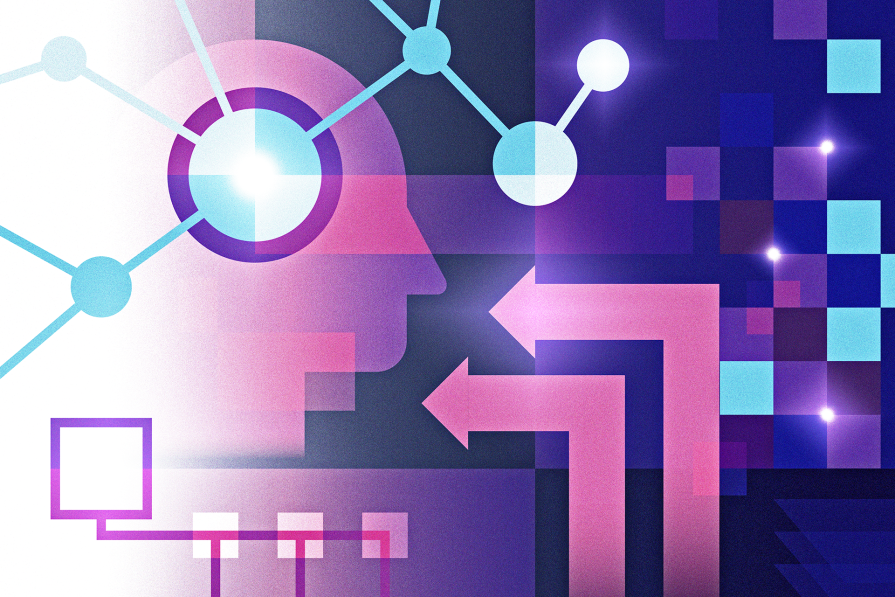Logrocket
1w
178

Image Credit: Logrocket
6 retrieval augmented generation (RAG) techniques you should know
- Retrieval-augmented generation (RAG) techniques enhance large language models (LLMs) by integrating external knowledge sources, improving their performance in tasks requiring up-to-date or specialized information.
- Six common RAG types discussed include RAG, Graph Retrieval-Augmented Generation, Knowledge-Augmented Generation, Cache-Augmented Generation, Zero-Indexing Internet Search-Augmented Generation, and Corrective Retrieval-Augmented Generation.
- RAG combines LLMs with external knowledge bases, improving response accuracy and relevance.
- Graph RAG uses graph-based retrieval mechanisms to handle complex queries and reasoning tasks efficiently.
- Knowledge-Augmented Generation focuses on integrating structured knowledge from knowledge graphs for factual accuracy and logical reasoning.
- Cache-Augmented Generation leverages long-context LLMs for preloading relevant knowledge, enhancing efficiency and response times.
- Zero-Indexing Internet Search-Augmented Generation integrates real-time online search capabilities for dynamic environment performance.
- Corrective Retrieval-Augmented Generation validates RAG outputs against user queries and web searches for accuracy.
- These techniques offer varied benefits based on application requirements, such as real-time information needs or structured knowledge integration.
- Understanding RAG types is crucial for frontend developers integrating AI-powered features for better user interactions and interfaces.
Read Full Article
10 Likes
For uninterrupted reading, download the app